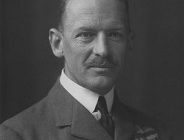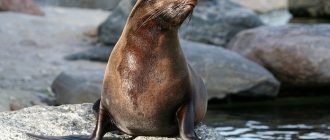Need info on colonization in South Africa? Read ahead to discover the extensive campaign of colonization in South Africa…
There were many European expeditions that were part of the bloody and long history of the Cape Colony, which led to the continuous and wide-ranging colonization of South Africa.
The Portuguese were highly regarded for their navigational skills and the nautical achievement of circumnavigating South Africa, but they were not interested in colonization of South Africa. The region had very fierce weather conditions and the shoreline was found to be extremely jagged, rocky and dangerous to the ships that might want to dock on the shore. There was, nevertheless, a great deal of conflict between the Portuguese and the local Khoikhoi, who were their trading partners.
The Portuguese concentrated on trading with Mozambique and were, however, faced with a challenge in the 16th century when the English arrived in the area. As the British Empire evolved it started challenging the Portuguese all along their trade routes. The Cape became a stopover for scurvy infested crews on board the English ships.
In fact, some of the first settlers were part of a Dutch ship that crashed on shores of South Africa in 1867. They built a fort on the shoreline and were rescued after being marooned there for an entire year.
Following this recovery of the Dutch citizens, the Dutch East India Company started its forays into South Africa and established European trading houses that sailed the spice route to the east. They did not colonize the area extensively, if at all, but instead used the Cape as a stopping point to replenish their resources and establish a base camp.
Even though they did not want to colonize the area, they were short of local labor and therefore allowed some of the Dutch nationals to settle there and work as laborers when required. These locals traded extensively and owned farmland and over a few decades they started expanding to the east and north of the land previously inhabited by the local Khoikhoi. There were not only Dutch nationals but also Scandinavian and German nationals who were finally followed by French Huguenots. The majority of these people were fleeing from the religious persecution in France and other regions. After the free Dutch burgher system was established by van Riebeeck, the Dutch East India Company (VOC) went on to import from Madagascar and Indonesia a large numbers of slaves. They would intermarry with the Dutch settlers and their descendants were known as the Cape Coloured’s and Cape Malays. With so many people working under the VOC they were able to mix and forge ahead and this led to many clashes with the local Khoikhoi population.
Unfortunately the insatiable appetite of the Dutch newcomers led to the decimation of the local population through the disease and war. Started by the Dutch the system to manage the local population that was leftover was no better than slavery. Today the well-known descendents of the Khoikhoi group include the Griqua, from the area between St Helena Bay and the Cederberg Range on the western side of the Cape.
The history of colonization in South Africa includes settlements from the Dutch, Indian and British natives who drove out the local population and enslaved most of them.





